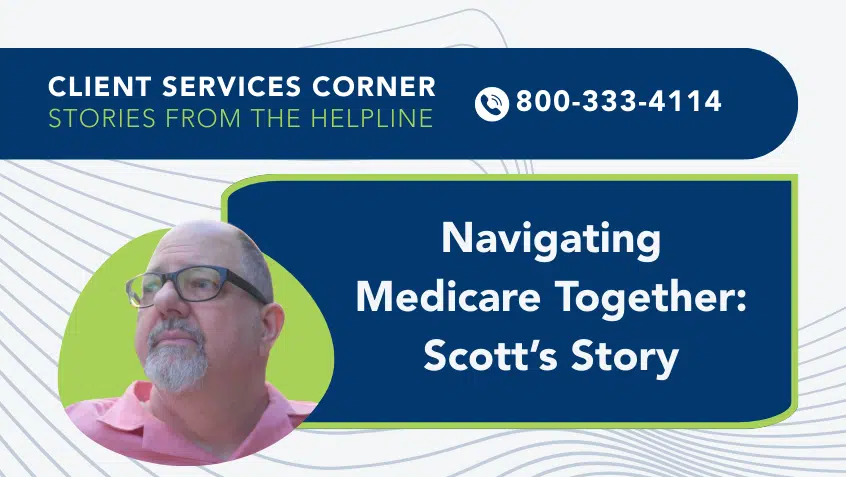Join Us Live for a Discussion on Medicare, Democracy, and the Future of Health Care
Annual Assessment and New Investigation Highlight High Medicare Advantage Overpayment

In its annual data book on “Health Care Spending and the Medicare Program,” the Medicare Payment Advisory Commission (MedPAC) shows significant Medicare Advantage (MA) overpayment. This year, the data book estimates that MA payments are 22% higher than what Medicare would have spent to cover the same group of enrollees in Original Medicare (OM). This estimate builds on previous years’ estimates and includes new data on the health status of MA enrollees.
MedPAC, an independent agency that advises Congress on Medicare issues, calculates these estimates every year. The data book for 2024 shows a sharp increase in estimated payment to MA plans relative to OM. In 2022, MedPAC estimated that MA plans were paid 4% more than OM would have paid; that number increased to 6% in the 2023 estimate. For 2024, MedPAC more fully compares the health status of beneficiaries in MA versus OM and finds that MA plan enrollees are healthier than OM enrollees. This is a more accurate approach than in previous years. It drives the MedPAC estimate up to 22% higher for MA than OM enrollees, a difference that translates into $83 billion in additional Medicare spending in 2024.
A recent Wall Street Journal investigation revealed some of the mechanisms plans use to drive up payments. These include plans diagnosing their enrollees with more conditions, often without their doctors’ knowledge or input. Most of the time, these plan diagnoses do not result in any treatments. In some cases, patients are diagnosed with conditions that have already been cured or, worse, conditions they never had in the first place. For example, the investigation found “About 18,000 Medicare Advantage recipients had insurer-driven diagnoses of HIV, the virus that causes AIDS, but weren’t receiving treatment for the virus from doctors, between 2018 and 2021, the data showed. Each HIV diagnosis generates about $3,000 a year in added payments to insurers.”
At Medicare Rights, we want people with Medicare to have access to coverage that works for them. But we are deeply concerned that these MA patterns and behaviors are driving up the cost of health care for people with Medicare, their families, and all taxpayers. As MA enrollment increases, the overpayment also increases as plans use some of those overpayments to lure new enrollees, triggering yet more overpayment.
Despite claims that private insurers can provide coverage more efficiently, MA continues its long history of costing taxpayers more while engaging in dubious behaviors and delivering services of questionable or unclear quality.
Read the full 2024 MedPAC data book or the section on Medicare Advantage.
Learn more about how MA plans are paid and the resulting cycle of enrollment.
Show Comments
We welcome thoughtful, respectful discussion on our website. To maintain a safe and constructive environment, comments that include profanity or violent, threatening language will be hidden. We may ban commentors who repeatedly cross these guidelines.
Help Us Protect & Strengthen Medicare
Donate today and make a lasting impact
More than 67 million people rely on Medicare—but many still face barriers to the care they need. With your support, we provide free, unbiased help to people navigating Medicare and work across the country with federal and state advocates to protect Medicare’s future and address the needs of those it serves.
The Latest
Most Read
Add Medicare to Your Inbox
Sign up to receive Medicare news, policy developments, and other useful updates from the Medicare Rights.
View this profile on InstagramMedicare Rights Center (@medicarerights) • Instagram photos and videos









